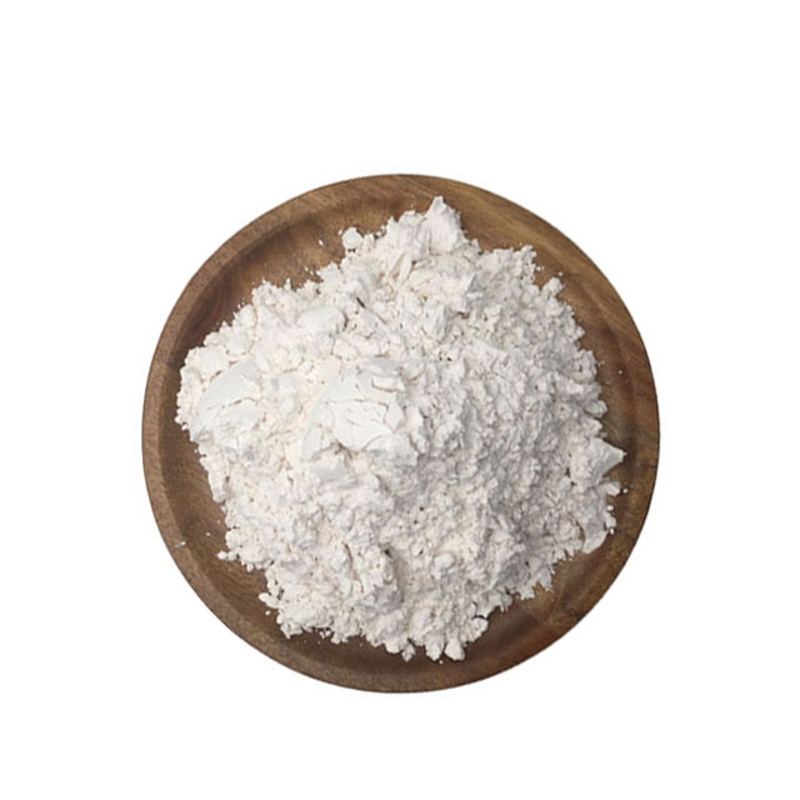-
Categories
-
Pharmaceutical Intermediates
-
Active Pharmaceutical Ingredients
-
Food Additives
- Industrial Coatings
- Agrochemicals
- Dyes and Pigments
- Surfactant
- Flavors and Fragrances
- Chemical Reagents
- Catalyst and Auxiliary
- Natural Products
- Inorganic Chemistry
-
Organic Chemistry
-
Biochemical Engineering
- Analytical Chemistry
- Cosmetic Ingredient
-
Pharmaceutical Intermediates
Promotion
ECHEMI Mall
Wholesale
Weekly Price
Exhibition
News
-
Trade Service
This article is original by Translational Medicine.
Please indicate the source for reprinting.
Author: Yun Introduction: At present, cancer treatment methods mainly include surgical removal of cancerous tissue, radiotherapy and chemotherapy, and immunotherapy
.
Traditional treatment methods have certain toxicity, and the tolerance and compliance of cancer patients are facing huge challenges! Therefore, there is an urgent need for new cancer treatment methods to benefit patients
.
There are many types of cancer, and the mortality rate is also high.
The specific treatment depends on the stage of the cancer
.
At present, clinically, the main methods of surgical removal of cancerous tissue, radiotherapy and chemotherapy, and immunotherapy are used to help relieve the symptoms of cancer
.
In 2020, the internationally renowned cancer journal "Clinical Cancer Research" published an article stating that a fourth method of tumor treatment has emerged-electric field therapy
.
Recently, researchers discovered an emerging cancer treatment method-photodynamic therapy (PDT), which does not require invasive treatment and is non-toxic
.
The study was published in the journal "Angewandte Chemie", entitled "Biodegradable Polymersomes with Structure Inherent Fluorescence and Targeting Capacity for Enhanced Photo-Dynamic Therapy".
The study found an emerging cancer treatment method
.
This research was carried out by a research team from Eindhoven University of Technology in collaboration with researchers from China and the United Kingdom.
They designed a new PDT nanoparticle that attacks cancer cells in a novel way: they enter cancer cells And shut down their power stations-their mitochondria, so that cancer treatments can be more effective
.
You can think of cancer cells as a city powered by a set of power stations
.
If all power stations are closed at the same time for some reason, there will be power outages throughout the city
.
The city will stagnate, there will be chaos, and then the city will not perform its due function
.
Every cell of the human body can be regarded as a small city
.
Cells contain organelles, such as the nucleus and ribosomes
.
The "power station" of the cell is the mitochondria, which produces fuel in the form of adenosine triphosphate (ATP)
.
If the mitochondria shut down suddenly, all cancer cells will face death
.
This is exactly the research goal of the researchers, aiming to provide an emerging method for cancer treatment, this kind of therapy is photodynamic therapy
.
Photodynamic therapy PDT is a non-toxic, non-invasive alternative therapy that can replace current therapies used to eliminate cancer cells, such as chemotherapy, radiotherapy, and elective surgery
.
For patients, these treatments may have many side effects that affect their quality of life
.
In PDT, the patient is injected with tiny nanoparticles with a photosensitizer (a material that responds to light)
.
When nanoparticles gather near cancer cells, they are irradiated by laser light and produce a specific form of oxygen, which is toxic to cancer cells and eventually causes them to die
.
However, the researchers designed PDT nanoparticles to enter the cancer cells and destroy the "power supply" of the mitochondria, causing the cells to be quickly "powered off", thereby greatly improving the effectiveness of PDT treatment
.
In other words, nanoparticles can kill cancer cells more targeted and faster
.
"The main challenge of this research is how to obtain PDT nanoparticles in cancer cells and guide the nanoparticles to the vicinity of mitochondria," the researchers said.
"Once the PDT nanoparticles are close to the mitochondria, the photosensitizer of the nanoparticles can be activated with light.
, And then poison the mitochondrial microenvironment and shut down the most important power source for cancer cells
.
"The importance of fluorescence research team developed a method to make nanoparticles into biodegradable polymers that can carry drugs, proteins or photosensitizers Empty sphere
.
However, unlike previous nanoparticles, the new versions of nanoparticles are designed to fluoresce when the building blocks that make up them are assembled
.
This fluorescence process is called aggregation-induced emission, and the emission response makes it easier to track the position of the nanoparticles in the tissue
.
In order to quickly introduce the nanoparticles into the mitochondria in the cell, the research team attached pyridine molecules to the surface of the nanoparticles
.
Once the nanoparticles gather on the mitochondria, their photosensitizers can be activated by the laser, effectively poisoning the microenvironment of cancer cells
.
This new study has successfully demonstrated this process in in vitro and in vivo experiments
.
Considering future treatments despite this, the researchers quickly pointed out: “Although PDT is a revolutionary new non-invasive treatment method, other treatment methods are still needed
.
The next step in this work is to develop effective PDT nanoparticles
.
As a treatment method, it is best used in combination with existing therapies
.
Importantly, this will reduce dependence on radiotherapy and chemotherapy
.
"We still need effective treatments to treat cancer
.
PDT has the potential for cancer treatment selectivity and precision in targeting and eliminating cancer cells," the researchers added
.
Of course, these findings have inspired further research and development on the efficacy of nanoparticles
.
Reference: https:// onlinelibrary.
wiley.
com/doi/10.
1002/anie.
202105103 Note: This article aims to introduce the progress of medical research and cannot be used as a reference for treatment plans
.
If you need health guidance, please go to a regular hospital
.







